I'm trying to add a NAT pool for port 8172 to an existing loadbalancer via Azure cli. I found what I believe is the correct command:
az network lb inbound-nat-pool update --lb-name
--name
--resource-group
[--add]
[--backend-port]
[--frontend-ip-name]
[--frontend-port-range-end]
[--frontend-port-range-start]
[--protocol {All, Tcp, Udp}]
[--remove]
[--set]
and I suppose I need to use the --add option.
But what's next? How do I specify the frontend and backend settings in the add command?
